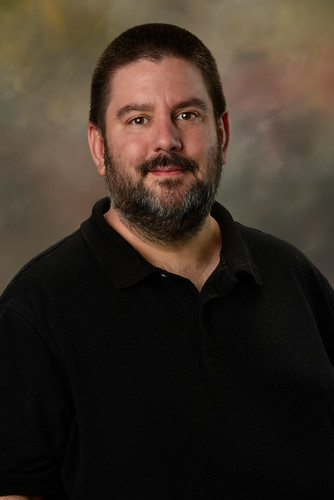Hurricane Dorian and The Bahamas: Auburn professor says places that rely on tourism are more vulnerable after a disaster
Article body
Christopher Burton is an assistant professor of geosciences in Auburn University’s College of Mathematics. His research interests include human-environmental interactions, natural hazards and disasters, social vulnerability, disaster resilience, modeling risk and vulnerability, GIS, geospatial analysis and global environmental change related hazards.
After Hurricane Dorian hit the Bahamas, Burton discussed what recovery might look like for the people living on the islands.
Many people think of tourism when they think of the Bahamas. How do places that thrive on tourism fair when a major storm like Hurricane Dorian comes through?
Regarding Hurricane Dorian and the Bahamas, a multitude of researchers have demonstrated that communities that solely rely on a single economic sector for their livelihoods (e.g. tourism) are more vulnerable than others that have a more diversified economy. These vulnerable communities are often slow to recover following a disaster. Additionally, some occupations, such as those related to tourism, may be severely impacted by a hazard event. Employees may suffer when their livelihoods are lost, and they may not have the requisite capital to wait until their jobs return before seeking other employment. All of this may slow the recovery process, and recovery times will depend highly on how resilient the economic sectors of the Bahamas are.
What is the recovery potential for the residents of the Bahamas?
The recovery potential of residents of the Bahamas will be differential and will be highly dependent on the disaster resilience of the communities that were impacted. The primary dimensions influencing the resilience of each community in the Bahamas will include environmental, social, economic, institutional and individual community components. I think it’s safe to say that those communities with the means to recover quickly, will. Other communities will struggle to fully recover, however. When Hurricane Katrina struck the Mississippi coast in October 2005, for instance, there were still unbuilt slabs on the landscape where houses once stood that were destroyed by Hurricane Camille in 1969. To date, the Mississippi coast has not fully recovered from Hurricane Katrina in which vacant slabs and empty lots in cities such as Biloxi are abundant.
What does the long term recovery process look like?
In general, my research shows that recovery from a damaging event takes an extensive amount of time, often years. Recovery can be segmented into four post-disaster periods. The first is an emergency period that is characterized by search and rescue, sheltering and the clearing of major arteries. The second phase is restoration where repairable essentials of urban life such as utilities are restored. The reconstruction phase comes next, in which infrastructure and housing is provided for, and finally, a commemorative or betterment reconstruction phase. The time needed for recovery following a disaster may be a multiple of approximately 100 times the extent of the emergency period, and there is evidence that recovery processes are closely coupled with preexisting demographic, economic, social and political trends that lead to very different recovery trajectories among communities.
Auburn University is a nationally ranked land grant institution recognized for its commitment to world-class scholarship, interdisciplinary research with an elite, top-tier Carnegie R1 classification, life-changing outreach with Carnegie’s Community Engagement designation and an undergraduate education experience second to none. Auburn is home to more than 30,000 students, and its faculty and research partners collaborate to develop and deliver meaningful scholarship, science and technology-based advancements that meet pressing regional, national and global needs. Auburn’s commitment to active student engagement, professional success and public/private partnership drives a growing reputation for outreach and extension that delivers broad economic, health and societal impact.





